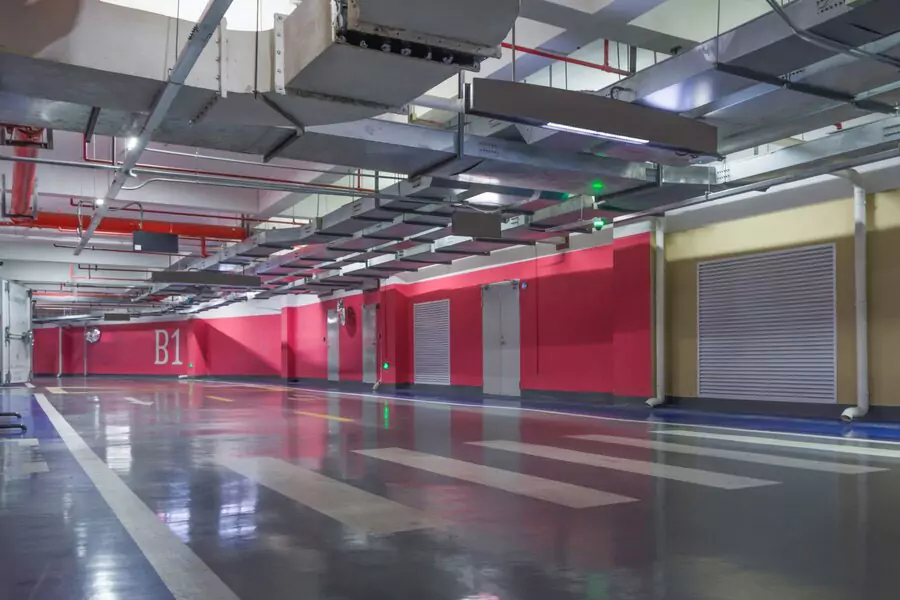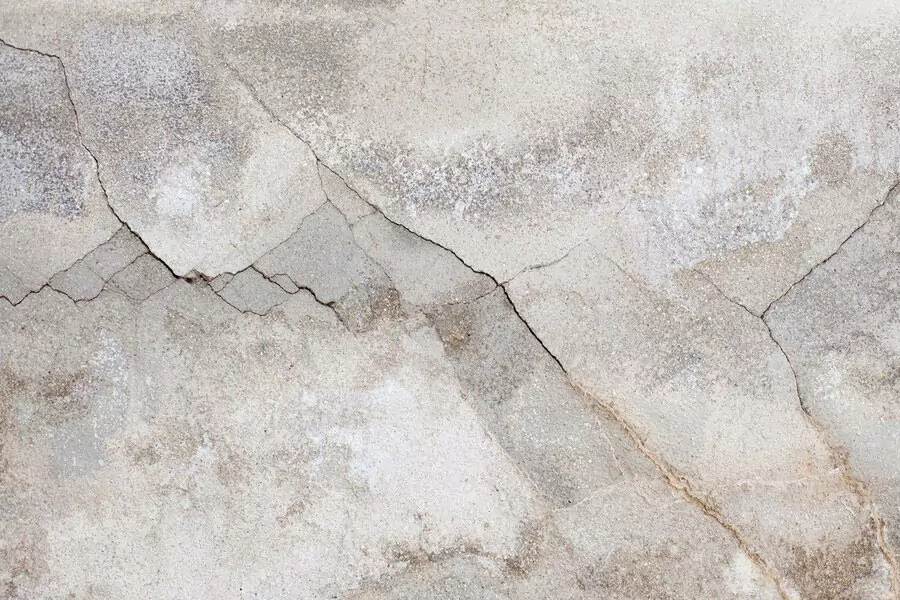

When it comes to installing the right kind of floor, people have various options to consider, like hardwood, concrete, vinyl, and tiles. However, epoxy and polyurea are two of the most popular concrete floor coatings known for their polished look and protective coverings. If you wonder which is the best among these two, this blog will guide you and resolve your query.
While they provide strength, style, and durability, there are differences between them that make one better than the others. Knowing these differences will assist you in choosing the one that boosts your flooring aesthetics and functionality.
Concrete is robust, but it can sustain damage. Cracking, chipping, and staining from heavy usage, chemicals, and moisture are all possibilities. Floor coatings serve a dual purpose: protecting your floor and enhancing its aesthetics. It smoothens and polishes the concrete, making it easier to maintain and more visually appealing. Whether in home garages, commercial kitchens, or large warehouses, proper coatings can prolong floor life and simplify maintenance.
Epoxy flooring consists of a two-part thermosetting polymer known as epoxy resin and hardener. Mixing the two parts initiates a chemical reaction referred to as cross-linking, which results in a rigid and strong surface that adheres to concrete. It is one of the oldest floor finishes used in garages, factories, health, and retail centres. Epoxy is prized for its durability, chemical toughness, and a seamless look. It withstands heavy loads and is ideal for high-traffic areas. However, it can take a long time to cure, and exposure to sunlight may cause yellowing or fading over time.
Polyurea is an elastomeric polymer of the type that is made by blending a resin with an isocyanate. Typically, this reaction is so fast that it is done within seconds or a few minutes. The product is a coating of the kind that is both flexible and strong.
Basically, the special equipment that is used to make the application allows the product to become deeply attached to the concrete and to be able to find every crack and corner. Polyurea, which was initially created for industrial and automotive purposes, is now getting wider and wider popular for garages, patios, and commercial spaces. It is characterized by its rapid installation, stability under ultraviolet rays, and its temperature-resistance ability.
Both epoxy and polyurea can provide the property of strong protection, but polyurea is usually more durable. While a high-quality epoxy floor can last up to 10–15 years, most standard applications last between three and five years before needing repairs or replacement.
Polyurea coatings can last anywhere from 7–12 years before reapplication and, with proper care, even longer. They resist impacts, abrasions, and chemical spills better than epoxy. Their flexibility also helps them withstand cracking when the underlying concrete shifts or expands.
It can generally be walked on in four to eight hours and driven on in 24 hours. It can also be used in a broad range of temperatures, from 20°F to 140°F, and is thus a flexible option for year-round construction.
Epoxy, however, cures much more slowly—usually 16 to 72 hours before it can withstand light use, and a week or so before it can take heavy traffic. It also needs moderate temperatures for laying, usually between 55°F and 80°F.
Sunlight can make epoxy floors fade, yellow, or dull with a loss of gloss over a period of time. They can also become brittle due to cold weather, which raises the possibility of cracking.
Polyurea coatings are very UV resistant, keeping their color and sheen for years. They also endure extreme temperature fluctuations without degrading, remaining pliable in hot or freezing temperatures. It makes them a great option for exterior areas or garages with large doors that allow sunlight to come in.

Epoxy offers a hard, durable surface but is not flexible. If the underlying concrete moves or has hairline cracks, the epoxy will also crack.
Polyurea is more resilient, enabling it to flex a little without cracking. It is capable of spanning minute cracks and being deflected with the concrete during expansion and contraction due to the seasons. With this resilience, it remains in one piece under conditions of constant temperature fluctuations or intense vibrations.
Safety is another aspect in which polyurea excels. A lot of polyurea coatings are antimicrobial and prevent the growth of bacteria and mold. They also retain slip resistance even when wet, which is particularly crucial in industrial environments or pool deck areas.
Epoxy can be rendered slip-resistant but will itself become slicker in the presence of water or some spills.
Epoxy floors must be cleaned on a regular basis to keep them looking good. Dirt, grit, and chemical spills need to be cleaned quickly to avoid staining or damage. Some cleaners can dull the finish with time, so mild solutions are best.
Polyurea flooring is lower maintenance. Most spills are easily cleaned using soap and water, and the coating will not stain or discolor with chemicals. The surface remains glossy for years and may be rejuvenated with periodic polishing if desired.
Epoxy is less expensive to install initially, which makes it desirable for someone with limited funds or a short-term property improvement. Yet, since it might have to be replaced sooner, the overall cost in the long term can be higher.
Polyurea is more expensive up front, but its extended lifespan, less maintenance, and superior durability can make it cost-effective over time. In a garage or business area with heavy traffic, the investment usually pays for itself.
If your need is a short-term, budget option, epoxy is the way to go. It’s readily available, comes in many colors and finishes, and performs well in low-light, controlled environments.
If you desire a durable coating that can withstand sunlight, heat fluctuations, high traffic, and chemical exposure, polyurea is the more powerful option. It dries fast, takes less downtime, and looks great for years with little upkeep.
Understanding the strengths and limitations of each will help you choose a coating that will keep your floors protected and looking great for years to come.
